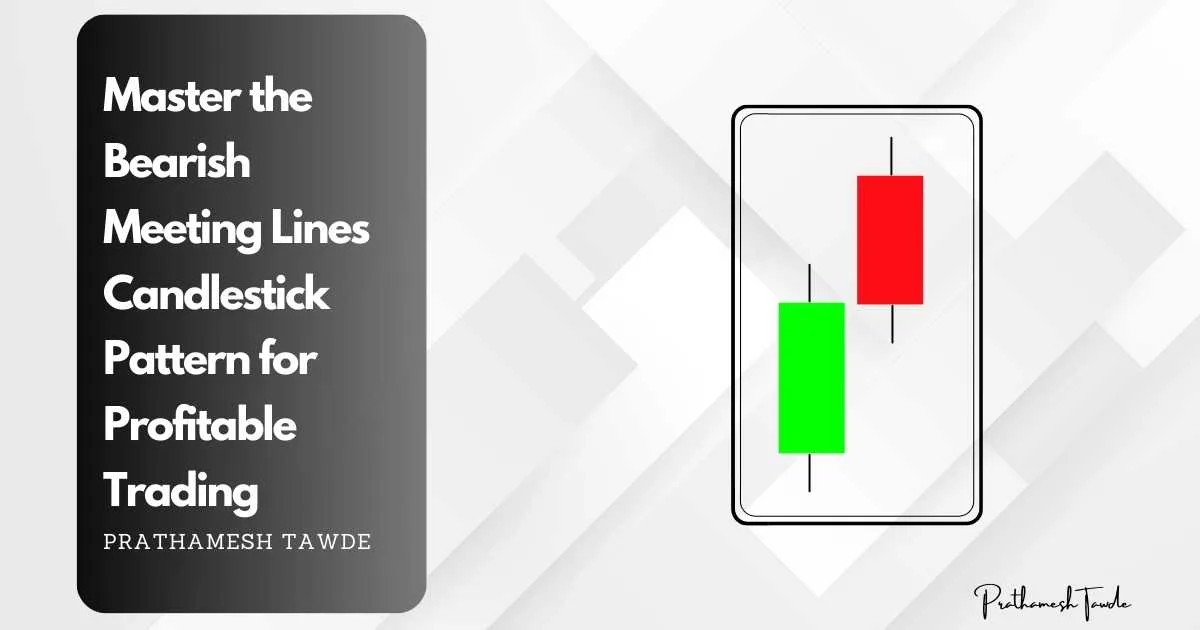Master the Head and Shoulders Pattern: A Guide to Breakouts
- Prathamesh Tawde
- December 16, 2023
Introduction
In technical analysis, the head and shoulders pattern is well known, it’s also reliable. Traders and investors often look to this pattern. They seek insights into possible trend reversals. Understanding the head and shoulders pattern’s details can improve your ability. It can help you to navigate the financial markets well.
What is a Head and Shoulders Pattern?
The head and shoulders pattern is a type of chart formation. It shows that a trend might reverse. It comprises three peaks: a central, higher peak (the head) flanked by two lower peaks (the shoulders). The pattern is complete when its neckline is breached. The neckline links the lows of the two shoulders.
Basic Structure of the Pattern
1. Left Shoulder
The left shoulder marks the beginning of the pattern. The price rises at first. Then, it falls to a certain level. This creates the first trough.
2. Head
The head represents the highest peak in the formation. It forms as the price rallies higher than the left shoulder. Then, it declines again.
3. Right Shoulder
The right shoulder mirrors the left shoulder’s structure. However, it usually forms at a lower peak than the head. It signifies another attempt by the price to rise, followed by a subsequent decline.
4. Neckline
The neckline serves as a crucial support level in the head and shoulders pattern. It connects the bottoms of the two shoulders. It acts as a barrier. When someone breaches the barrier, they’ve completed the pattern.

Identifying the Head and Shoulders Pattern
Key Characteristics
Three distinct peaks or troughs
The middle peak or trough is higher (traditionally) or lower (inverse) than the other two.
A neckline is created by connecting the lowest points of the two troughs. For an inverse head and shoulders, it is the highest points of the two peaks.
Visual Identification on Charts
Traders can spot these patterns by looking for the peaks. They are characteristic and drawing the neckline. It’s essential to wait for the pattern to fully form before taking action.
Common Mistakes in Identification
Misinterpreting random price movements as patterns
Acting before the pattern completes
Ignoring the volume. It should decrease through the pattern and spike during the breakout.
Types of Head and Shoulders Patterns
1. inverse head and shoulders pattern
Also known as the inverted head and shoulders pattern. This variant suggests a reversal from a bearish to a bullish trend. It is characterized by three troughs, with the middle trough being the lowest.
The standard head and shoulders pattern is one thing. The inverse head and shoulders pattern is the opposite. It signals a potential switch from a downtrend to an uptrend. It has three troughs, not peaks. The neckline is resistance, not support.
2. Complex Head and Shoulders
Complex head and shoulder patterns deviate from the classic structure. They do this by adding extra peaks and troughs. They may be more complex. But, they still follow the general principles of trend reversal. The head and shoulders formation demonstrates these principles.
Interpreting the Head and Shoulders Pattern
1. Confirmation
The head and shoulders pattern is confirmed when the price drops below the neckline. This happens for a standard pattern or above it for an inverse pattern. This breach often brings more trading, which confirms the reversal signal.
2. Price Target
Traders measure the distance from the head to the neckline. They do this to estimate the potential price movement after the pattern’s completion. For a standard pattern, traders project the distance downward. They measure from the neckline breakout. For an inverse pattern, they project it upward.
3. Volume Analysis
Studying volume trends in the head and shoulders pattern can give valuable insights. Ideally, it’s volume that should fall as the pattern forms. It should then rise on confirmation, supporting the reversal signal.
Formation Process
Head and Shoulder patterns have three stages. The first formation is the left shoulder. Next is head formation. Last is right shoulder formation. These stages represent shifts in market sentiment. They go from bullish to bearish or from bearish to bullish.
Significance in Technical Analysis
Why Traders Rely on This Pattern
Traders value the head and shoulders pattern for its reliability. It gives clear signals. They help traders predict big market reversals. This gives them chances to enter or exit trades for a profit.
Historical Performance
In the past, this pattern has been highly accurate in many markets. It was a staple in technical analysis.
Trading Strategies
1. Entry Points
Traders usually enter short positions when the price breaches the neckline of a standard head and shoulders pattern. They take long positions when they surpass the neckline of an inverse pattern.
2. Stop Loss Placement
To manage risk well, put stop-loss orders above the right shoulder. This is for a standard pattern. Place them below the right shoulder for an inverse pattern. This prevents losses if the pattern fails to come.
3. Target Profits
Set profit targets based on the pattern’s height. Traders aim to profit from the expected trend change.
The Head and Shoulders pattern breakout.
What is a breakout?
A breakout occurs when the price moves past the neckline. This confirms the pattern and signals a reversal.
Recognizing a Breakout
Look for a clear move either below or above the neckline. It’s often followed by higher volume.
False Breakouts and How to Avoid Them
False breakouts can mislead traders. To avoid them, wait for a clear close past the neckline. Then, consider using more confirmation indicators.
Common Mistakes to Avoid
Misidentifying Head and Shoulder patterns and entering trades too early are common mistakes. Traders should avoid them. Ignoring volume analysis can also lead to inaccurate interpretations of the pattern.
Case Studies and Examples
Real-World Examples
Looking at real-life charts and case studies can help traders. They can see how Head and Shoulder patterns work. They can also learn to use them in their strategies.
Analyzing Past Market Data
Studying historical data helps understand the pattern’s effectiveness and reliability. It shows how they vary in different market conditions.
Advanced Techniques for Trading
Combining with Other Indicators
Traders often combine Head and Shoulder patterns with other indicators. These can include Fibonacci retracement levels and support and resistance zones. They use these extra indicators to make their trading signals more accurate.
Using Volume Analysis
Volume analysis helps in confirming breakouts. A spike in volume during the breakout strengthens the validity of the pattern.
Pattern Confirmation Strategies
Use multiple time frames. Or, use other tools to confirm the head and shoulders pattern before trading.
Common Pitfalls and How to Avoid Them
Overtrading
Avoid the temptation to trade every potential pattern. Focus on well-formed, confirmed patterns.
Ignoring Confirmation
Always wait for confirmation of the breakout before acting to avoid premature entries.
Misinterpreting Patterns
Make sure the pattern fits all key traits. Don’t force patterns onto the charts.
Psychology Behind Head and Shoulder Patterns
Understanding market participants’ psychology is crucial. It lets us interpret Head and Shoulder patterns accurately. These patterns reflect changes in how the market feels. They can affect prices.
Market Sentiment
The pattern reflects shifts in market sentiment. It goes from bullish to bearish or the other way around. It shows changes in trader behavior.
Trader Psychology
Understanding the psychology behind the formation helps predict future prices.
Risk Management Strategies
Traders must use proper risk management. This includes position sizing and diversification. It is essential when trading Head and Shoulder patterns. These steps cut potential losses and preserve capital.
Adapting to Market Conditions
Traders should change their strategies based on market conditions. They should consider factors like volatility and market trends. This will help them trade Head and Shoulder patterns well.
Tools and Resources for Better Analysis
Best Charting Tools
Platforms like TradingView and Chartink offer great charting tools. They help you find and analyze patterns.
Recommended Books and Courses
Books like “Technical Analysis of the Financial Markets” by John Murphy can help. So can various online courses. They can deepen your understanding.
Conclusion
Mastering the head and shoulders pattern empowers traders. It gives them a powerful tool. It helps them spot possible trend reversals in markets. By seeing the pattern and understanding its meaning. Investors can make better trades and boost their success.
FAQs
The head and shoulders pattern is a trend reversal pattern. It forms after an uptrend and signals a potential shift to a downtrend. It consists of three peaks, with the middle peak (the head) being higher than the other two (the shoulders).
The head and shoulders pattern forms in three stages:
Left Shoulder: The price rises to a peak, followed by a minor pullback.
Head: The price reaches a higher peak with more volume. Then, it has a big pullback.
Right Shoulder: Another peak forms, similar to the left shoulder, followed by a final decline.
The neckline is a trendline that connects the lows of the left and right shoulders. It acts as a support level. A break below this neckline confirms the pattern’s end. It signals a potential downtrend.
The head and shoulders pattern is among the most dependable chart formations. It is especially reliable when it has high volume and confirmed price breaks of the neckline.
The head and shoulders pattern has a distinct structure. It has three peaks (or troughs) and a neckline. It stands out from random price changes. This is due to its symmetry and clear signs of reversal.

I’m Prathamesh Tawde, a leading figure in the dynamic world of financial markets. Born on March 30, 1986, in the vibrant city of Thane, Maharashtra, I’ve nurtured a profound passion for technical analysis and a commitment to guiding individuals toward successful trading journeys. With a mission to empower and educate, I’ve carved a distinct niche as a content creator, educator, and mentor.





